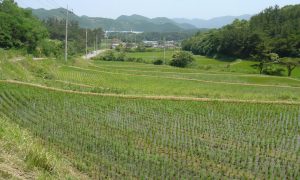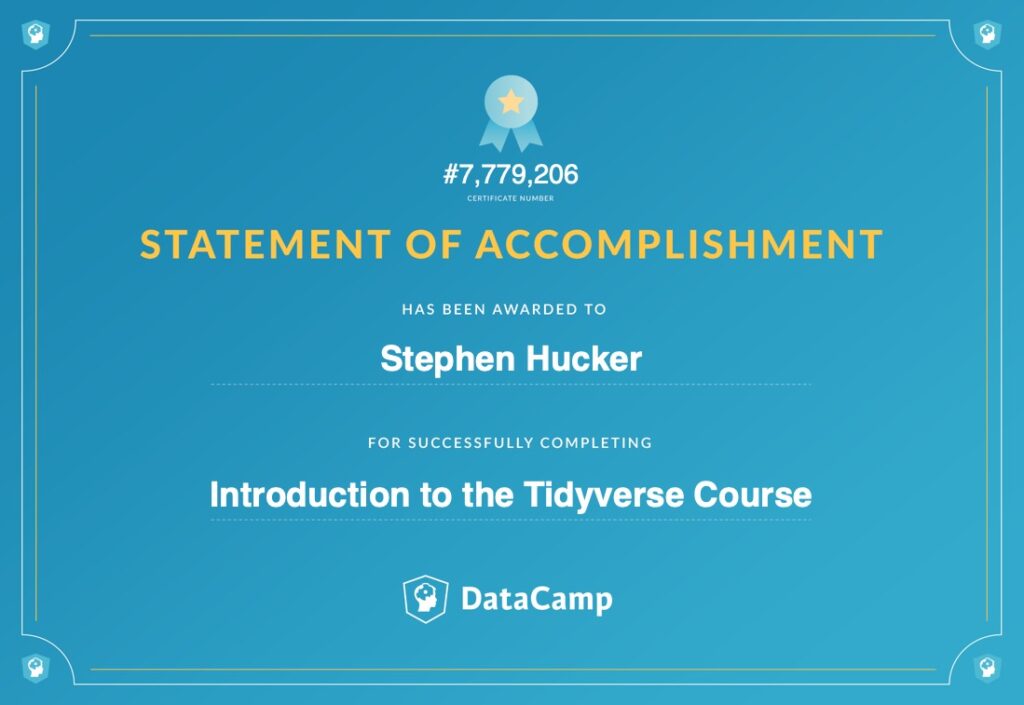R 4.0 is out Friday, April 24 (American time), so Saturday for me.
It seems I will have to install all my packages for R again. To find out what packages you have, run this R code:
ip <- as.data.frame(installed.packages()[,c(1,3:4)])
rownames(ip) <- NULL
ip <- ip[is.na(ip$Priority),1:2,drop=FALSE]
print(ip, row.names=FALSE)
https://stackoverflow.com/questions/38390548/how-to-uninstall-r-completely-from-os-x
To uninstall R:
1. Delete the R app in the applications folder and empty the trash.
2. sudo rm -rf /Library/Frameworks/R.framework
Now, install R 4.0
Change Log


